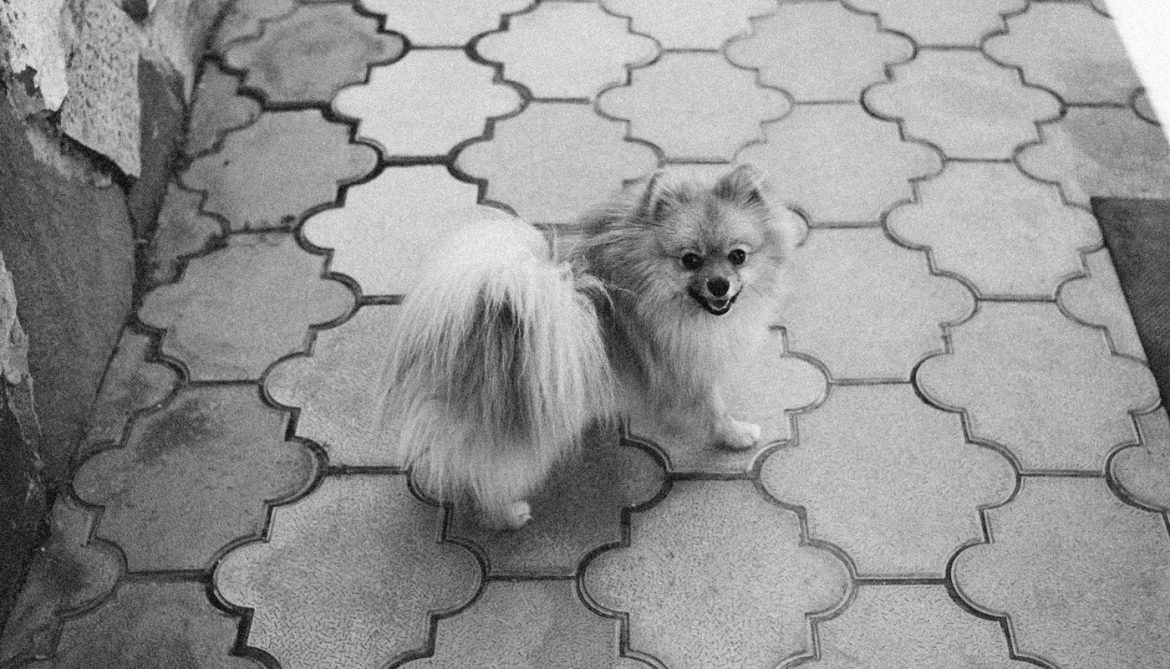Looking for a big personality in a short dog? It is said that Michael Angelou painted the Sistine Chapel with a Pom by his side. Another fun fact? Pomeranians were one among the three breeds on board to survive the sinking of the Titanic.
History
Back in the day, Pomeranians were slightly bigger and weighed close to 13 kgs. Queen Victoria then downsized the dog to the size we see today. In the late 1800s, the Queen started her own line and began importing Poms of all colours. Surprisingly, a Pomeranian’s ancestors are not who you’d think to be small dogs; they were heavy-boned Alaskan Malamutes, Samoyed, and the Siberian Husky.
About the Breed
Nutrition
Pomeranians burn calories faster than other toy breeds, so it is best to feed them three equally divided meals a day. They also suffer from what is known as strained ligaments when fed too much food, including treats! So, depending on what life stage your Pom is at, choose good quality food with less fat (to prevent obesity) and more protein (to strengthen and repair tissues and muscles). It is also good to avoid food that may contain flavourings and fillers like corn and soy since they may adversely affect the fragile health of your Pom.
Grooming
Grooming a Pomeranian is quite the task and takes up most of a dog parent’s time – regular daily brushing to remove knots, weekly deshedding to remove dead fur, and a monthly trip to a groomer to trim and clip the coat. Pomeranians also need their teeth brushed, nails clipped, and ears cleaned routinely to keep them hygienic and healthy.
Exercise
It’s easy to be fooled by a Pom’s size and ignore exercise. But, your Pom will soon let you know that he can run as any other large breed. Exercising a Pom is not a choice – they need a minimum of two hours of walks every day. Apart from this, Poms benefit from good mental stimulation because of their intelligence and drive to find a way out of things. Be careful on what type of exercise you give your Pom – they have weak joints that may wear out on vigorous exercise like jogging. Hence, it is best to make your Pomeranian swim or walk.
Training
Pomeranians are easy to train and eager to please. In fact, they enjoy a bit of challenge when it comes to obedience training. So, don’t stop at basic commands – roll out the tricks’ list, and you’ll be amazed at what this pooch can do!
Health
Pomeranians are a long-lived breed, but they suffer from floating kneecaps, obesity, and tooth loss. That’s why dog parents need to pay close attention to what they feed their Poms and regularly brush their teeth.
Temperament
Don’t confuse a Pom’s size with his energy. All Poms are known to be excessive barkers and demand a lot of attention from their parents. They are good with kids, but early socialisation is a must.
Floored by this ball of poof? Let’s see whether he is right for you –
Pomeranians are charismatic, lively, and always ready to party! You’d never have a dull moment at home with a Pomeranian.
Pomeranians are smart yet very easy to train.
Pomeranians are perfect for those living in apartments because of their convenient size.
Pomeranians are a long-lived breed and make great pets for novice dog parents.
Pomeranians make excellent watchdogs.
This ball of cuteness comes with something you must think about –
Pomeranians are very vocal; hence, barking is an inescapable part of their personality
Pomeranians usually experience housebreaking problems
Pomeranians need quite a bit of attention for their coat
Pomeranians, though long-lived, are prone to several health problems
Pomeranians need exercise – lots of it!
This breed comes with unlimited energy and a top-dog personality in a small package. They are entertaining, agile, and remarkably intelligent. What’s more? They can live almost anywhere as long as they get their daily exercise and are groomed regularly.
,

